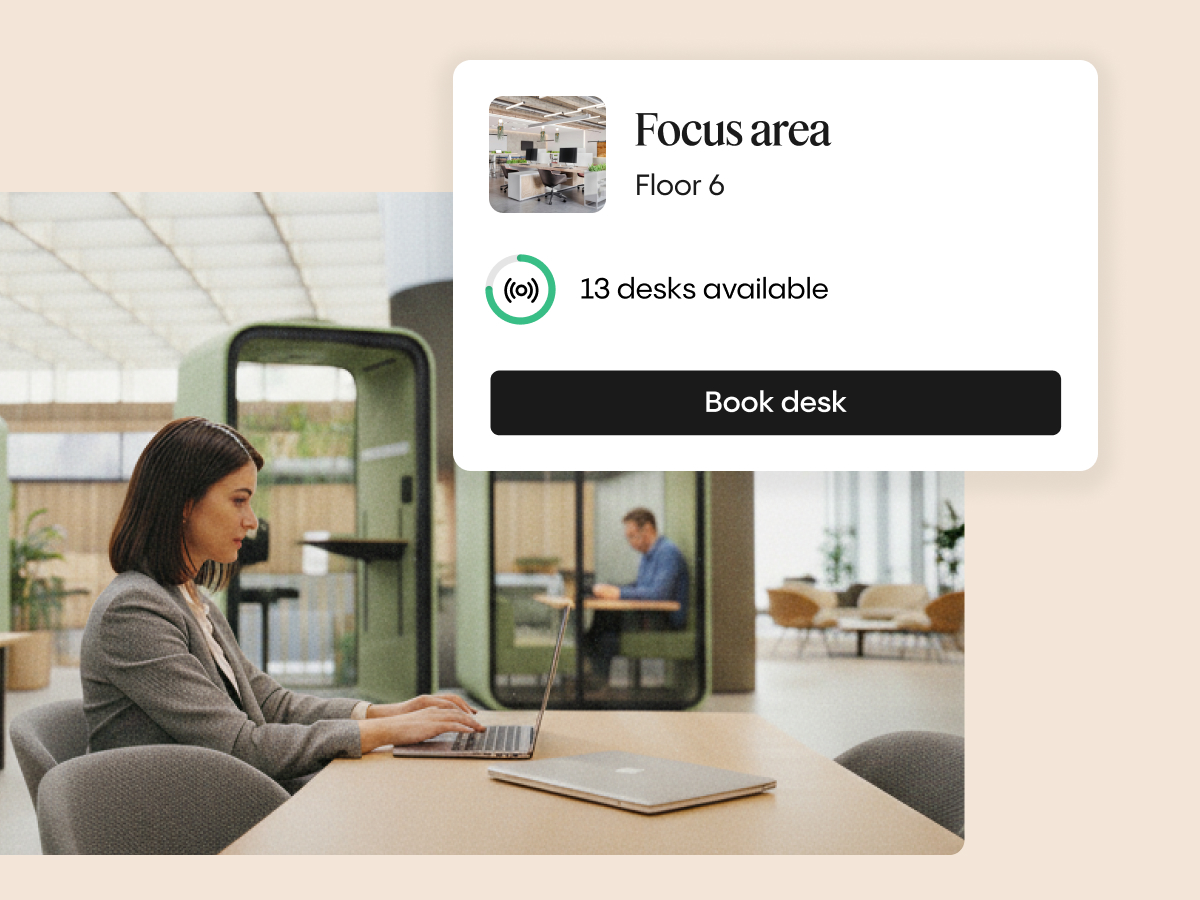
Organizations have become increasingly interested in ways to make the office a healthier environment. After COVID-19, it’s not anymore about the workplace, it’s also about understanding your employees’ home working experience and the impact on their productivity and wellbeing. Leesman is the world’s leading independent assessor on measuring employee workplace experience. They responded to the global crisis by mobilizing their tools to understand the impact of employees working from home. We talked to Gideon van der Burg, the Managing Director Benelux, and asked him about the importance of measuring workplace well-being and overall experience.
Home versus office
“If you want to be a responsible leader, you need to find out how employees experience working from home, as well as the office. You can, for example, measure what activities employees prefer doing remotely and what activities they prefer to do at the office. Companies that are working on back to the office strategies without insight into the home experience can’t guarantee that the workplace still matches the new habits of their employees. Based on the research you can build a new workplace that fulfills the needs of employees. With Leesman, you can measure the remote experience and compare this to office experience results.”
"4 out of 5 employees (80,9%) have said their home working environment supports their productivity, this is higher than in our office database (62,8%)."
- Gideon van der Burg, Managing Director Benelux at Leesman
Higher productivity, less connection
“One of the most interesting findings from our research over the past few months is the perceived productivity of employees. 4 out of 5 employees (80,9%) have said their home working environment supports their productivity, this is higher than in our office database (62,8%). As an organization, you may be wondering what the role of an office is in the future. But the discussion is not that binary, some activities such as learning from others or having informal social interactions are much better experienced at the office. Technology makes sure we can work from home in a good, productive way, but the connection to our teams and the company itself are what’s missing.”
Back to the office
“Previously, well-being in the workplace was more focused on nutrition, lighting, and biophilic design. Now it is also about ensuring employees stay free of contamination. Return to the office plans need to be safe and responsible. Technology can ensure a safe office capacity and give insights into how crowded a space is. Some employees may remain hesitant in the first period of reentry, but after a while, employees will likely return to their offices in waves to connect and collaborate. But their requirements will have changed, and their need for flexibility has increased enormously.”
The future of work
“The office still plays a very important part of the future of work. It will be a place to connect and learn from each other – more so than ever before. However, companies do need to adapt the current workplace to match the new behavior of employees. For me, there are a handful of ways work life will change:
- Trust. During the last few months, employees have by default been trusted to work from home. They have experienced this and will make more considered decisions on where they can do their best work, based on the task they’re completing. A great office experience is crucial to ensure employees want to come back to the office.
- Flexibility. Employees will want to keep their flexibility to work from home or at the office. This means that the office won’t be as densely populated as before. There will be a huge debate around assigned seating (from a hygiene point of view) versus unassigned seating (from an occupancy point of view). With economic pressure, we can expect more unassigned seating.
- Noise. From previous research, we know noise is the biggest productivity killer. Videocalls will be the new normal since not everybody will be at the office at the same time. Offices need to have the right areas and infrastructure for employees to do this and not bother other peers with talking loudly.
- Me vs. we space. The future of the office is not binary. So it is not only about ‘we’ activities, as this is what we’ve missed while working at home. It will also be about supporting focussed activities for employees who don’t have a dedicated office at home (mainly the younger generation) or ‘me’ time in between meetings.
The Mapiq pyramid of workplace well-being
Companies that focus on well-being can revolutionize the experience of work for employees. Work becomes a place for growth and not just financial security. Part of the challenge in thinking about well-being is the challenge of measurement. But it’s also about what you measure. The Mapiq pyramid of workplace well-being translates ideas about personal health, into company health. More about the Mapiq pyramid you can find in our research paper.


.jpg)
